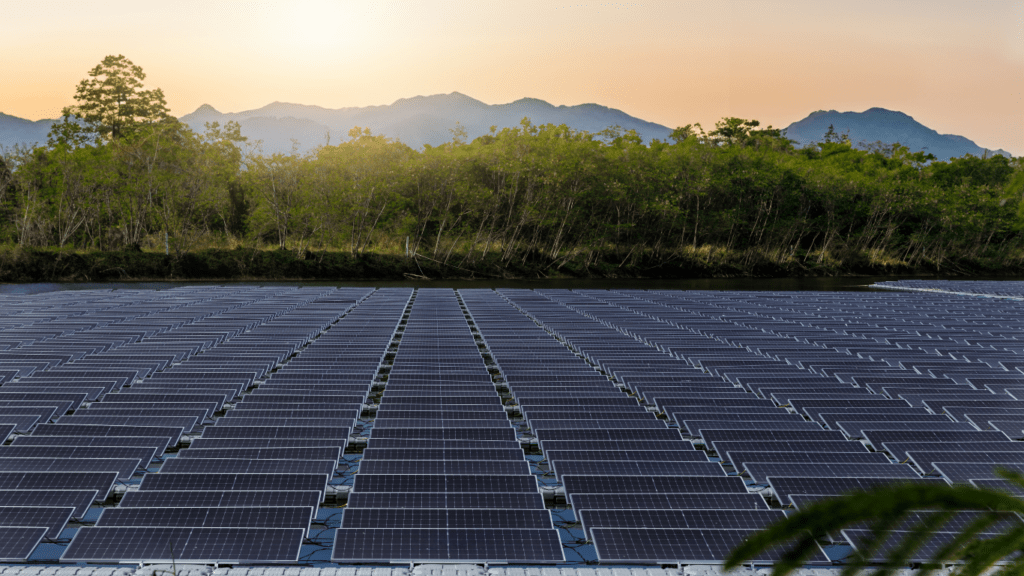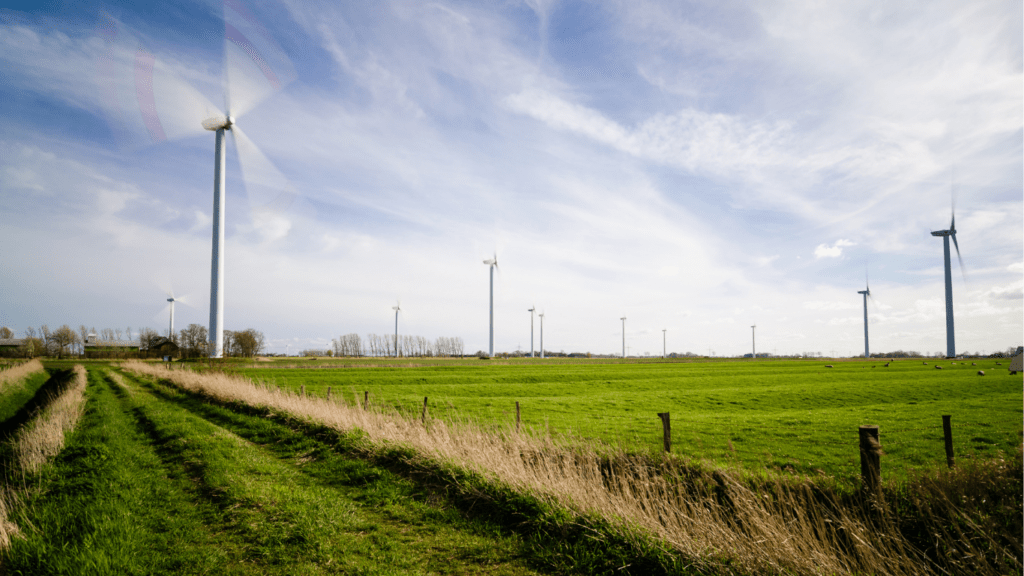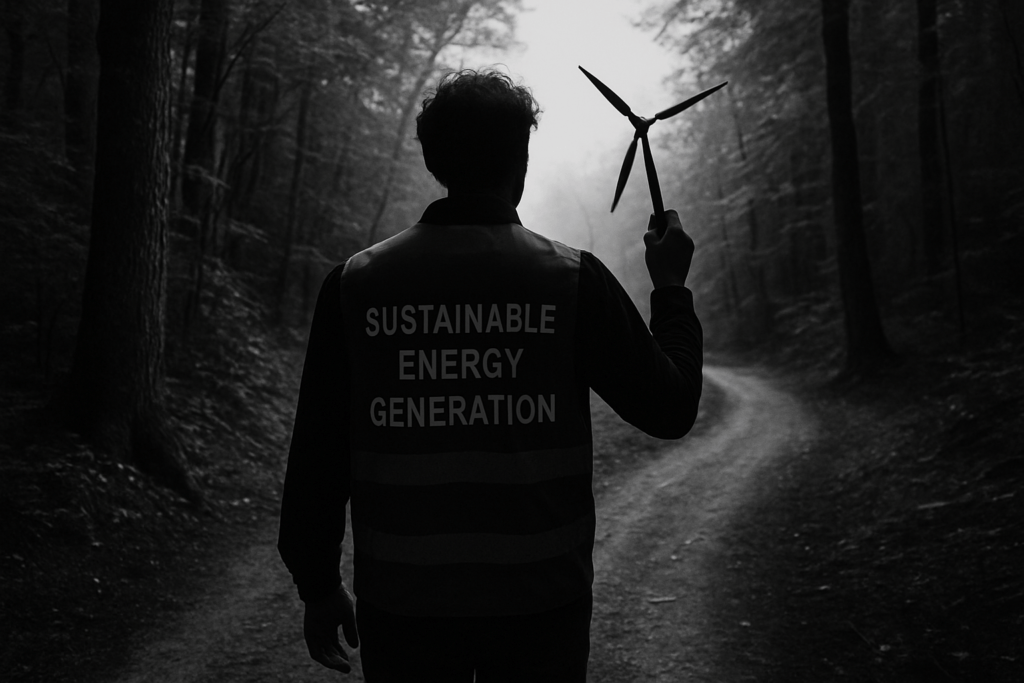Understanding Renewable Energy
Renewable energy comes from sources that replenish naturally. These sources include solar, wind, and biomass energy. On farms, harnessing renewable energy reduces dependency on non-renewable power sources.
Solar Energy uses photovoltaic panels to convert sunlight into electricity. It’s particularly effective for farms with expansive sunny areas. For example, solar panels can power irrigation systems and electric fences.
Wind Energy depends on turbines to transform wind into power. Wind turbines are suitable for farms in windy regions, and they can generate significant electricity. Examples include wind farms and small-scale turbines for individual farm use.
Biomass Energy derives from organic materials like crop residues, manure, and wood. Biomass can be converted into biogas or biofuel through processes like anaerobic digestion. Farms utilizing biomass energy can manage waste efficiently and produce energy concurrently.
Distributed energy resources (DER), like solar panels and wind turbines, contribute to energy diversification. They enhance energy security and resilience, providing farms with a consistent and reliable power supply.
Assessing Your Farm’s Energy Needs
To transition to renewable energy, it’s essential to assess your farm’s current energy requirements first.
Conducting an Energy Audit
I start by conducting a thorough energy audit. This audit identifies where and how much energy my farm consumes. Key areas include heating, cooling, irrigation, lighting, and machinery.
I record the monthly energy usage to spot patterns and detect high-demand periods. Tools like submeters help track energy use in specific areas, offering detailed insights.
| Key Areas | Monthly Energy Usage | High-Demand Periods |
|---|---|---|
| Heating and Cooling | kWh usage | Seasonal variations |
| Irrigation Systems | kWh usage | Peak farming seasons |
| Lighting | kWh usage | Evening and night usage |
| Machinery and Equipment | kWh usage | Harvest and planting times |
Identifying High-Energy Areas
After the audit, I identify high-energy consumption areas. Typically, these include irrigation systems, greenhouses, grain dryers, and milking equipment.
For example, irrigation pumps may consume significant power during peak watering times. By identifying these areas, I can prioritize which systems would benefit most from renewable energy sources. This targeted approach maximizes the efficiency and effectiveness of the transition.
Exploring Renewable Energy Options

Transitioning to renewable energy on your farm involves exploring various sustainable options. Key focus areas include solar power, wind energy, and biomass energy.
Solar Power
Solar power harnesses sunlight to produce electricity. Photovoltaic (PV) panels are installed on rooftops or open fields for optimal sun exposure.
Farms in sunny regions can achieve significant savings, as solar systems offset daytime energy consumption. Moreover, net metering policies can allow selling excess power back to the grid, increasing economic benefits.
Wind Energy
Wind energy uses turbines to convert wind into electricity. Farms in windy regions can generate substantial power due to high wind speeds. Installing turbines requires evaluating average wind speed and direction.
Small to medium-sized turbines often suit farm-scale operations, reducing dependency on grid power and lowering energy costs.
Biomass Energy
Biomass energy involves converting organic farm waste into electricity or heat. Sources include crop residues, animal manure, and organic by-products. This method enhances waste management and reduces disposal costs.
Anaerobic digesters break down waste to produce biogas, which can be used for heating or converted into electricity, creating a closed-loop system.
Each of these renewable energy options offers unique benefits, depending on specific farm characteristics and environmental conditions.
Planning the Transition
Effective planning is crucial for transitioning to renewable energy on your farm, ensuring long-term sustainability and cost efficiency.
Setting Goals and Budget
First, identify clear goals for the energy transition. Determine the desired energy output, reduction in fossil fuel use, and long-term economic benefits. Keep goals specific and measurable, like aiming for a 50% reduction in fossil fuel consumption within three years.
Next, establish a budget. Consider initial investment costs, installation, maintenance, and potential savings over time. Factor in costs for components like solar panels, wind turbines, and biomass converters. Creating a detailed financial plan streamlines the transition process.
Securing Financing and Incentives
Explore financing options to support your renewable energy projects. Look into loans, grants, and leasing programs offered by government agencies, banks, and renewable energy companies. USDA’s Rural Energy for America Program (REAP) provides grants and loans for renewable energy systems on farms.
Investigate available incentives and tax credits. Federal and state programs, like the Investment Tax Credit (ITC) for solar energy, can significantly reduce upfront costs. Check local incentives and rebates offered by utilities or environmental organizations to further offset expenses.
Implementing Renewable Energy Solutions
Implementing renewable energy solutions on your farm requires careful execution. This section covers installing equipment and ongoing training and maintenance.
Installing Equipment
Choosing the right equipment ensures optimal energy production. Solar panels, wind turbines, and biomass systems are popular choices. Solar panels work best when installed on rooftops or open fields with ample sunlight. Wind turbines need open areas with consistent wind speeds. Biomass systems depend on access to organic material like crop waste or animal manure.
Consulting technical experts helps determine proper equipment sizing and placement. They can offer advice specific to farm layouts and environmental conditions. Permits may be required before installation, so checking local regulations is crucial.
Training and Maintenance
Proper training sustains the efficiency of renewable energy systems. Staff must understand how to operate and monitor the equipment. Training programs are available through equipment manufacturers and agricultural extension services.
Regular maintenance prevents equipment failure and maximizes performance. Solar panels require cleaning to remove dust and debris. Wind turbines need periodic inspections to check blades and electrical components.
Biomass systems involve monitoring feedstock levels and maintaining combustion systems. Implementing a maintenance schedule improves system lifespan and effectiveness.
Measuring Success and Efficiency
Effectively transitioning to renewable energy on a farm involves evaluating both energy production and cost savings. Monitoring and assessment help ensure the long-term sustainability of renewable systems.
Monitoring Energy Production
Tracking energy production helps assess the efficiency of installed systems. I recommend using a mix of hardware and software solutions for this purpose. Many inverters, for instance, come with built-in monitoring capabilities.
These systems allow real-time data collection on energy output and system performance.
- Set Clear Metrics: Track kilowatt-hours generated per day, week, and month.
- Use Monitoring Software: Platforms like SolarEdge, Enphase, and SMA offer detailed analytics.
- Regular Inspections: Schedule periodic inspections to identify and resolve issues promptly.
Evaluating Cost Savings
Evaluating cost savings determines if renewable energy systems meet financial goals. I suggest comparing pre- and post-installation data to gauge economic benefit.
- Analyze Utility Bills: Compare utility expenses before and after installation to identify reductions.
- Financial Software: Tools like QuickBooks, PLAID, and Mint can track and visualize savings.
- Recalculate ROI: Periodically update your return on investment (ROI) to reflect ongoing savings and any changes in energy prices.
By focusing on these aspects, I can ensure that the renewable energy systems on a farm remain efficient and cost-effective over time.



